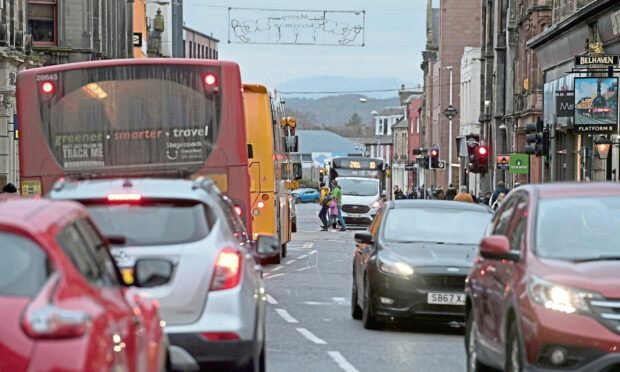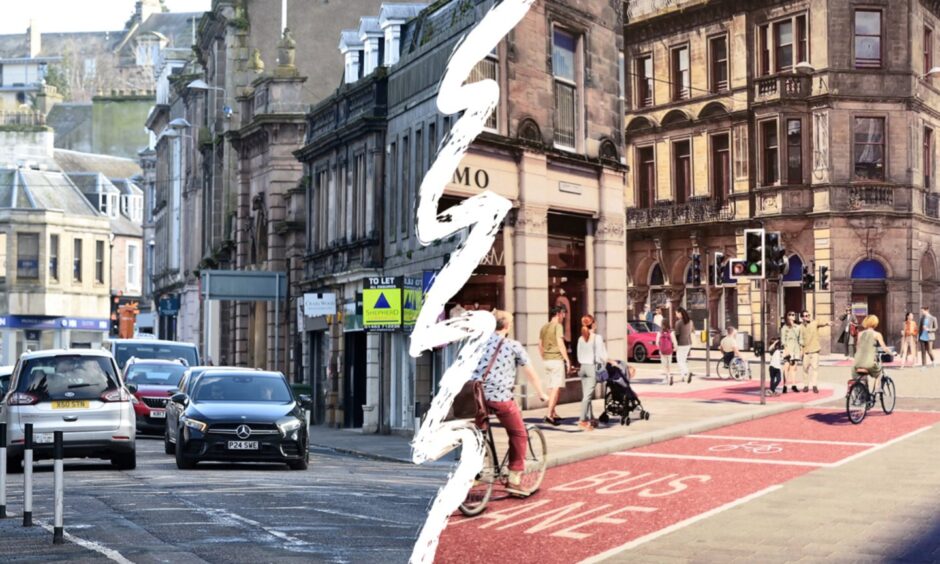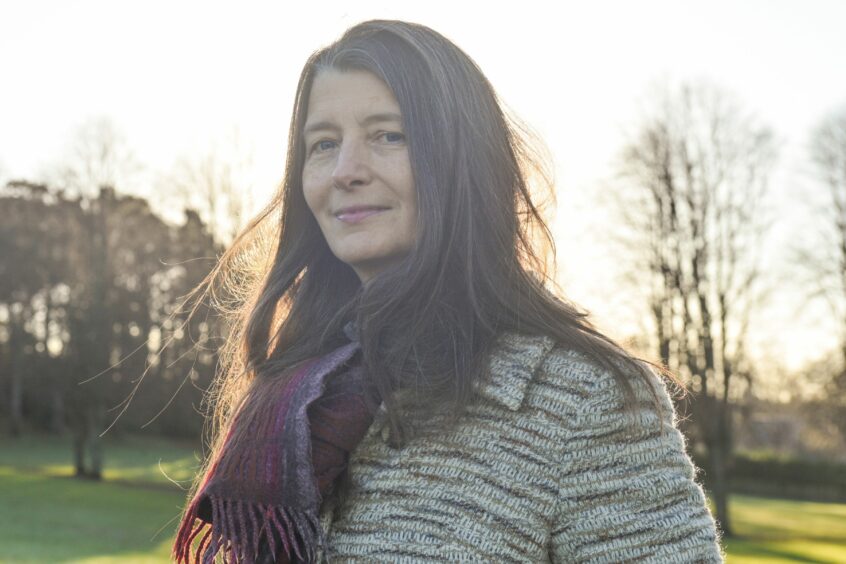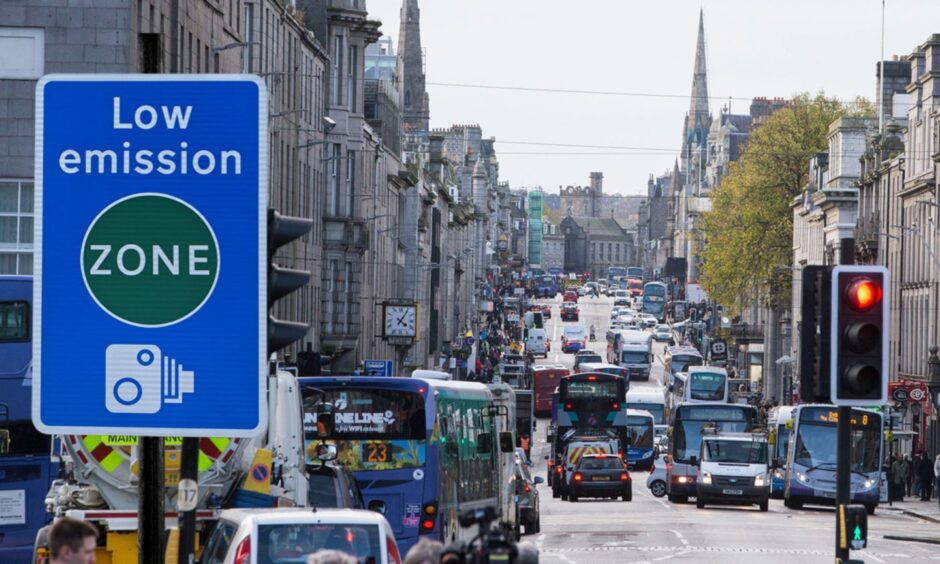Inverness needs to consider introducing a Low Emission Zone (LEZ) in the city centre to improve its air quality, a leading environmental group has said.
The collapse of the controversial plans to revamp Academy Street has left the city’s core at a crossroads.
The majority of local businesses firmly opposed Highland Council’s plans to drastically reduce the amount of traffic using the Highland capital’s main thoroughfare.
But most people are in agreement that something needs to be done about it.
There just isn’t a consensus on what something should be.
According to Friends of the Earth Scotland, introducing a LEZ should be near the top of the council’s list.
Inverness would be fifth Scottish city to introduce a LEZ
With four Scottish cities already signed up to introduce an LEZ, the prospect of Inverness becoming the fifth was floated last year.
But at the time, the ongoing work with Academy Street meant it didn’t make sense to crack on with it.
A council spokesman previously said: “It was decided that with the ongoing work on Academy Street the council would not submit an application to adopt low emissions zone status in the last round.
“However, Inverness may proceed when the next tranche of funding is opened.”
That certainly sounded as if the door was being left open.
But when asked for an update on the position this week, a spokeswoman replied: “There are no plans for a LEZ in Inverness.”
Academy Street has scored poorly for its levels of air pollution in the past.
In a 2022 study, it was found to be one of the worst streets in Scotland for nitrogen dioxide pollution.
Imogen Dow, head of campaigns for Friends of the Earth Scotland, said it was “incredibly disappointing” to see the plans for Academy Street scrapped.
She believes that Highland Council needs to take action to address its pollution problem in Inverness city centre.
Ms Dow said: “It’s even more essential now for Highland Council to have a clear plan to improve air quality in Inverness.
“It should be learning from other cities in Scotland, improving the infrastructure to allow people to walk and cycle more safely, and considering a low emission zone for the sake of local people’s health.”
LEZ has led to reduced pollution levels in Glasgow
People in Inverness are often critical of the city’s transport network and that is another aspect that Ms Dow believes needs urgent attention.
She added: “Improving public transport is also crucial for Inverness.
“Making sure people can get around without cars is vital to reduce air pollution, climate emissions and social isolation within Inverness and the surrounding areas.”
The call for action has also been echoed by Highland Green MSP Ariane Burgess.
She pointed to levels of nitrogen dioxide falling by 20% in Glasgow’s LEZ as a measure of its success.
Ms Burgess said: “Low Emission Zones have been introduced successfully in Aberdeen, Dundee, Edinburgh and Glasgow and, as well as raising additional funds for local transport, they are significantly reducing air pollution which kills thousands of people every year in Scotland.
“We have to make our urban areas attractive and pollution free zones where walking and cycling comes naturally.
“I very much hope that Highland Council see the difference this approach is making in other cities and decides to make progress on the issue in Inverness.”
What is a LEZ?
A Low Emission Zone is an area where only vehicles that pass certain emission requirements are allowed to enter.
Drivers of most vehicles which don’t meet the requirements will be slapped with a £60 fine if they enter it.
There is strict criteria to determine what vehicles are permitted.
Some exceptions are in place – but many older vehicles are not allowed.
These include diesel cars and vans registered before 2015 – which generally do not meet Euro 6 standards – and petrol vehicles registered before 2006.
Enforcement of Glasgow’s LEZ began in June 2023.
Similar zones in Aberdeen, Edinburgh and Dundee followed earlier this year.
You might also be interested in:





Conversation